IoT Water Management: Key Applications and Benefits for a Sustainable Future
Ditstek Blogs
Every industry, whether it’s manufacturing, agriculture, or urban infrastructure, relies on water. However, effectively managing this vital resource is still extremely difficult. By the time businesses realize they have wasted thousands of gallons (and dollars) due to pipeline leaks, unchecked usage, and soaring bills. These inefficiencies not only cost dollars but also impacts sustainability, compliance, and operational effectiveness of businesses and industries.
To be honest: traditional water management has flaws. The majority of systems use antiquated techniques, in which issues are discovered too late, judgements are based on approximations, and optimizing consumption is more conjecture than plan.
This is where IoT-powered water management solutions revolutionize the traditional water management systems. Real-time tracking, predictive analytics, and automated controls let companies stop responding to water problems and begin preventing them. IoT technology provides a more intelligent and economical method for detecting leaks as soon as they occur, optimizing water use according to real demand, or guaranteeing regulatory compliance.
But how exactly does it work? More importantly, how can businesses integrate it into their existing infrastructure? Let’s break it down.
Build Your Smart Water Management System!
From remote monitoring to predictive analytics, our IoT solutions empower efficient water management.
Rising Demand for IoT-powered Smarter Water Management
- Global water demand is expected to rise by 55% by 2050, due to industrial development, agriculture, and population growth.
- Every year, nearly 45 billion cubic meters of water are lost globally due to leaks and inefficiencies in distribution systems.
- Up to 30% of industrial water usage is wasted due to outdated management practices and undetected leaks.
- The economic loss from water-related inefficiencies is estimated at $260 billion annually, impacting businesses and governments alike.
The question is no longer if businesses need smarter water management, but how quickly they can implement it.
Let’s explore how businesses are already using IoT and the practical uses for water management this technology offers.
Also Read: IoT Business Ideas
What Are Smart Water Management Systems?
Traditional water management relies on manual monitoring, rough estimates, and waiting for something to go wrong. Smart systems, powered by IoT (Internet of Things) technology, change the game entirely.
An IoT-powered water management system is a network of smart sensors, meters, and automated controls that continuously track water usage, identify inefficiencies, and optimize distribution. These systems assist local governments and businesses in making well-informed decisions in real time by doing more than just gathering data; they also analyze and act upon it.
System Architecture of IoT Water Management

Here’s a breakdown of its key architectural components:
1. IoT Sensors and Meters (Data Collection Layer)
At the foundation of any IoT water management system are smart sensors and meters deployed across pipelines, tanks, and industrial water systems. These devices track real-time parameters such as:
- Flow rate
- Pressure levels
- Quality parameters
- Temperature and humidity
2. Communication Layer (Data Transmission)
Once collected, this data needs to be transmitted securely and in real time. IoT water systems use a variety of connectivity protocols, including:
- LoRaWAN & NB-IoT
- Wi-Fi & Bluetooth
- Cellular Networks (4G/5G)
- Satellite & LPWAN
3. Cloud-Based Data Processing & Analytics
Raw data, by itself, doesn’t mean much. This is where cloud computing and AI-driven analytics come into play. The system processes incoming data to:
- Detect anomalies (e.g., leaks, pressure drops, contamination)
- Predict water demand and optimize distribution
- Generate detailed reports and compliance documentation
4. User Interface & Control Dashboards
A centralized dashboard provides decision-makers with real-time insights through:
- Mobile & Web Apps
- Custom Alerts & Notifications
- Automated Controls – Enables automatic shut-off or water redistribution during anomalies.
5. Integration with Enterprise & Smart City Systems
IoT water management systems can be integrated with ERP solutions, industrial automation platforms, and smart city infrastructure to optimize water usage across industries and urban environments.
Smart Solutions for Smarter Water Management!
Leverage IoT-powered insights to detect leaks, track consumption, and enhance sustainability.
Types of IoT-Powered Water Management Solutions

IoT technology has transformed water management, offering tailored solutions for different industries and needs. From reducing water waste in cities to ensuring precise irrigation on farms, these solutions bring automation, efficiency, and real-time insights.
Here are the key types of IoT-powered water management solutions:
Smart Irrigation Systems
Designed for agriculture, landscaping, and golf courses, these systems use IoT sensors to monitor soil moisture, weather patterns, and water levels. They automatically adjust irrigation schedules, ensuring crops and greenery get just the right amount of water, no more, no less.
Leak Detection and Prevention Systems
Water leaks are a major cause of waste and financial loss for businesses and municipalities. IoT-powered sensors continuously monitor pipelines and detect leaks in real time. Some advanced systems can even shut off the supply automatically, preventing costly damages.
Smart Water Quality Monitoring
Used in municipal water supplies, industrial plants, and environmental conservation, these systems analyze water for contaminants, pH levels, and temperature. Real-time data helps authorities prevent pollution, ensure safety, and comply with regulations.
Automated Water Distribution Management
Cities and industries rely on complex water distribution networks. IoT-enabled systems track water demand, pressure, and availability to optimize distribution, reduce losses, and improve efficiency, all while minimizing human intervention.
Flood Prediction and Stormwater Management
With climate change leading to unpredictable weather, IoT-powered software solutions help cities monitor rainfall, drainage systems, and river levels. By using real-time data and predictive analytics, authorities can take proactive measures to mitigate flood risks.
Industrial Water Recycling and Reuse Systems
Industries like manufacturing, mining, and food production consume large amounts of water. IoT-based systems monitor water usage, track wastewater quality, and optimize recycling processes, helping businesses cut costs and meet sustainability goals.
Pressure Management
IoT-powered pressure management systems use real-time sensors to monitor pressure levels across pipelines. When fluctuations are detected, the system automatically adjusts valves or alerts operators before major damage occurs. This helps reduce water loss, extend pipeline lifespan, and improve overall efficiency.
Predictive Maintenance
By continuously monitoring pumps, valves, meters, and pipelines, businesses can detect unusual patterns, such as pressure drops, temperature changes, or vibration anomalies. This allows them to schedule maintenance proactively, preventing downtime, reducing repair costs, and ensuring a smooth water supply.
Also Read: How IoT Is Used In Smart City
Benefits of IoT-Based Water Management Systems for Businesses

A smart water management system powered by IoT benefits multiple stakeholders, including businesses, governments, and consumers. Here are the key advantages it offers:
1. Real-Time Water Consumption Analysis
IoT sensors continuously track water usage to provide real-time data on patterns. Based on real needs, businesses can identify inefficiencies, excessive usage, and optimize their water distribution. Real-time insights enable businesses to make data-driven decisions that optimize resource allocation and minimize waste.
2. Reduced Equipment Maintenance Expenses
Unplanned equipment failures lead to costly repairs and lost productivity. Businesses can plan maintenance before problems arise by using IoT-enabled monitoring to track the condition of pipelines, pumps, and storage tanks. This not only reduces repair costs but also extends the lifespan of infrastructure.
3. Transparency and Better Communication Among Stakeholders
With IoT-based water management, every stakeholder has access to the same real-time data. Businesses, facility managers, regulatory bodies, and consumers can monitor water use, spot problems, and work together to find solutions. This transparency enhances trust and simplifies decision-making across the board.
4. Remote Monitoring
Gone are the days of manual water meter readings and on-site inspections. IoT technology makes it possible to remotely monitor water infrastructure from anywhere, giving businesses access to real-time updates and alerts. Remote access guarantees improved control and and quicker responses to potential issues, whether managing a single facility or multiple locations
5. Automation and Optimized Human Resources Use
Manual intervention in water management is costly and prone to errors. IoT automation takes over tasks like leak detection, pressure regulation, and system alerts, allowing businesses to reduce dependence on human labor while increasing accuracy.
6. Reduced Risks
Risks in water management, such as water contamination and pipeline bursts, can have disastrous effects on businesses. IoT-powered systems provide early warnings for leaks, contamination, and pressure fluctuations. This prevents operational disruptions, financial losses, and environmental damage.
7. Predictive Maintenance
IoT anticipates problems before they arise rather than merely detecting them. Businesses can plan proactive maintenance, anticipate equipment failures, and avoid expensive breakdowns by evaluating sensor data. Predictive maintenance improves reliability and minimizes downtime, ensuring continuous and efficient water management.
8. Sustainability & Compliance
Businesses must follow stringent water usage guidelines and sustainability objectives. IoT systems make it easier to comply with industry standards by automatically tracking and logging water data. Businesses can strengthen their ESG (Environmental, Social, and Governance) initiatives and establish themselves as sustainability leaders by cutting waste and increasing efficiency.
Automate Water Systems for Maximum Efficiency!
Remotely monitor and control water flow, pressure, and quality with cutting-edge IoT technology.
Key Applications of IoT Water Management

IoT-powered water management systems are transforming industries by increasing the cost-effectiveness, sustainability, and efficiency of water use. Let's look at some real-world examples of how governments and companies are using IoT to address water-related issues.
1. Precision Irrigation in Agriculture
Agriculture accounts for 70% of global freshwater withdrawals, yet traditional irrigation methods often lead to wastage, soil degradation, and uneven water distribution. IoT-driven smart irrigation systems are changing this landscape by enabling data-driven water allocation.
How it Works:
- Soil moisture sensors identify when plants truly require water.
- Weather data integration adjusts watering schedules based on upcoming rainfall.
- In order to avoid under or overwatering, automated irrigation controls guarantee accurate delivery.
Real-World Example: In California’s Central Valley, one of the world's most productive agricultural hubs, farmers using IoT-based irrigation reduced water consumption by 30% while boosting crop yields. Similar success has been noted in Australian vineyards, where IoT monitoring driven by artificial intelligence has reduced water consumption by forty percent.
2. Intelligent Leak Detection in Cities
Municipal water supply networks lose an estimated 45 billion liters of water daily due to undetected leaks and pipe bursts. Manually locating leaks is time-consuming and inefficient, often leading to severe losses before intervention.
How it Works:
- IoT sensors installed in pipelines monitor real-time pressure fluctuations and flow rates.
- AI-driven analytics detect abnormal usage patterns, signaling potential leaks.
- Automated alerts notify utility teams, enabling immediate action.
Real-World Example: Thames Water in the UK installed IoT-based leak detection over its extensive pipeline system. The outcome was: Annually, 3 billion liters of water are saved, reducing environmental impact as well as running expenses.
IoT-based monitoring also helped Tokyo, where aging infrastructure presented a significant obstacle, lower water loss to just 3%, among the lowest rates worldwide.
3. Industrial Water Recycling & Reuse
Manufacturing and food processing are two examples of industries that use a lot of water. Traditional methods often result in excessive wastewater discharge, high costs, and environmental hazards. IoT-enabled water recycling is changing this.
How it Works:
- Smart meters track water use at every stage of production.
- IoT-driven filtration and purification systems optimize water reuse cycles.
- AI-powered analytics predict contamination risks, ensuring high-quality recycled water.
Real-World Example: Coca-Cola has set IoT-enabled recycling facilities at several sites where sensors constantly monitor and maximize water reusing. Reusing more than half of processed water by some facilities drastically reduces waste and helps to lower costs.
Automakers like BMW and Toyota also leverage IoT-driven water purification systems, cutting down their freshwater dependency by up to 60%.
4. Smart Water Management in Commercial Buildings
Malls, hotels, office buildings, and residential complexes require large amounts of water for HVAC systems, restrooms, landscaping, and cleaning. Without data-driven insights, managing water efficiently across such infrastructures is nearly impossible.
How it Works:
- IoT meters track usage across different areas of a building in real time.
- AI-powered analytics predict peak consumption and suggest efficiency measures.
- Automated leak detection prevents wastage, cutting utility bills significantly.
Real-World Example: The Burj Khalifa in Dubai, the world’s tallest building, implemented IoT-based water monitoring to reduce wastage by 40%. Similarly, Marriott Hotels has installed smart water management solutions, saving millions of gallons per year while improving guest experience.
5. Real-Time Water Quality Monitoring
Contaminated water supplies pose severe risks to both humans and ecosystems. IoT-powered water quality monitoring ensures safe drinking water, prevents industrial pollution, and safeguards marine environments.
How it Works:
- IoT sensors detect pH levels, turbidity, temperature, and contaminants in real time.
- Automated alerts trigger immediate corrective actions, ensuring compliance with health and safety regulations.
- AI-powered predictive models identify contamination sources, preventing widespread issues.
Real-World Example: The Indian government has deployed IoT-enabled water quality sensors along the Ganges River to detect industrial pollutants in real time. This initiative has significantly reduced toxic discharge, improving water quality for millions.
Meanwhile, Flint, Michigan, which suffered from a major water crisis, now uses smart water monitoring to ensure safe drinking water for residents.
6. Flood Prediction and Disaster Management
With climate change increasing the frequency and severity of floods worldwide, cities and businesses need early warning systems to protect communities and infrastructure.
How it Works:
- Rainfall and water level sensors track real-time weather conditions.
- AI-driven predictive models analyze historical flood patterns and risk levels.
- Automated emergency response systems trigger evacuations and flood mitigation efforts.
Real-World Example: Jakarta, Indonesia—a city highly prone to floods—uses IoT sensors to monitor drainage systems, rainfall patterns, and river levels. This system has reduced flood damage by 25%, allowing better preparation and quicker response.
Similarly, in the Netherlands, advanced IoT-based flood barriers automatically adjust to changing water levels, protecting low-lying cities from catastrophic flooding.
How We Can Help?
At Ditstek Innovations, we specialize in custom IoT-powered water management solutions tailored to your business needs. Whether you're looking to reduce water waste, optimize operations, or implement predictive maintenance, our expertise in IoT, AI, and cloud-based systems ensures seamless integration and maximum efficiency.
Why Choose Us?
- Custom-Built Solutions: We don’t believe in one-size-fits-all. Our software development team develops scalable, industry-specific IoT solutions designed to address your unique challenges.
- End-to-End Implementation: From sensor deployment to cloud integration and analytics dashboards, we handle everything, so you get a fully functional smart water management system without the technical headaches.
- Real-Time Data & AI-Driven Insights: Our solutions offer instant alerts, predictive analytics, and automated controls, helping you make data-driven decisions that save water and cut operational costs.
- Seamless Integration with Existing Infrastructure: Whether you have legacy water management systems or are starting from scratch, our IoT solutions integrate effortlessly, minimizing disruptions while maximizing efficiency.
- Regulatory Compliance & Sustainability Focus: We ensure that your water management systems comply with industry regulations and align with global sustainability goals.
Partnering with us means more than just adopting IoT technology, it means embracing a future where water is managed efficiently, costs are reduced, and sustainability is a priority.
Our IoT Portfolio
IoT and AI-Based Parking Management Software For Efficient Urban Mobility
Our team at DITS has developed AI-based parking management software to provide continuous monitoring through sensors and cameras to ensure real-time updates on slot occupancy, allowing users to receive notifications about availability changes.
Frequently Asked Questions (FAQs)
1. What is an IoT-based water management system?
An IoT-based water management system uses smart sensors, real-time data analytics, and automation to monitor, optimize, and manage water usage across industries, cities, and businesses. It helps detect leaks, track consumption, improve efficiency, and support sustainability efforts.
2. How does IoT improve water management?
IoT enables real-time monitoring, predictive maintenance, automated control, and data-driven decision-making. It reduces water wastage, enhances operational efficiency, and provides businesses with valuable insights for better resource management.
3. Can IoT-based water management systems integrate with existing infrastructure?
Yes, modern IoT solutions are designed for seamless integration with legacy water systems, allowing businesses and municipalities to upgrade their water management without a complete overhaul.
4. What industries benefit the most from IoT-powered water management?
Industries such as agriculture, manufacturing, utilities, commercial real estate, and municipal water supply benefit significantly from IoT-based water management by reducing costs, preventing leaks, and optimizing usage.
5. What are the cost savings associated with IoT-based water management?
Businesses and cities using IoT-powered solutions can save money through reduced water waste, lower maintenance expenses, fewer system failures, and improved regulatory compliance—ultimately leading to long-term financial and environmental benefits.
6. How does predictive maintenance work in IoT water management?
Predictive maintenance uses AI and real-time sensor data to detect early warning signs of equipment failure. Businesses can plan maintenance proactively, so avoiding expensive repairs and system downtime.
7. What are the sustainability benefits of IoT-powered water management?
By reducing water waste, improving efficiency, and supporting recycling efforts, IoT-driven systems help businesses and municipalities meet sustainability goals and comply with environmental regulations.
8. How can my business implement an IoT-based water management system?
The process begins with assessing your current water infrastructure, selecting the right IoT sensors and platforms, integrating them into your system, and using real-time analytics to maximize water use. A reliable IoT solutions provider (like us) can help you through the whole implementation process.

Dinesh Thakur
21+ years of IT software development experience in different domains like Business Automation, Healthcare, Retail, Workflow automation, Transportation and logistics, Compliance, Risk Mitigation, POS, etc. Hands-on experience in dealing with overseas clients and providing them with an apt solution to their business needs.
Recent Posts
Get in touch

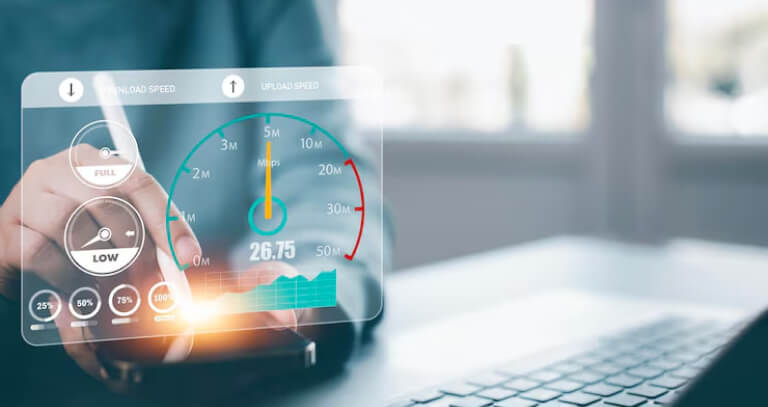
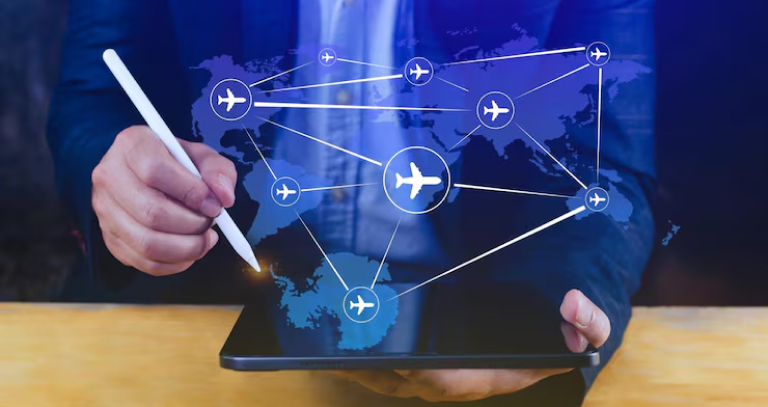
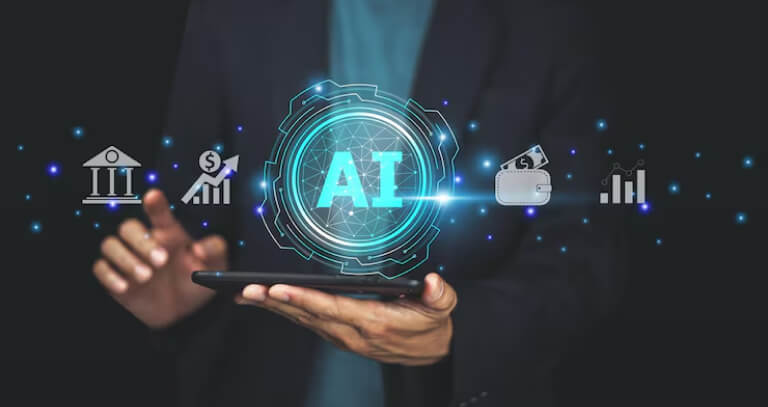
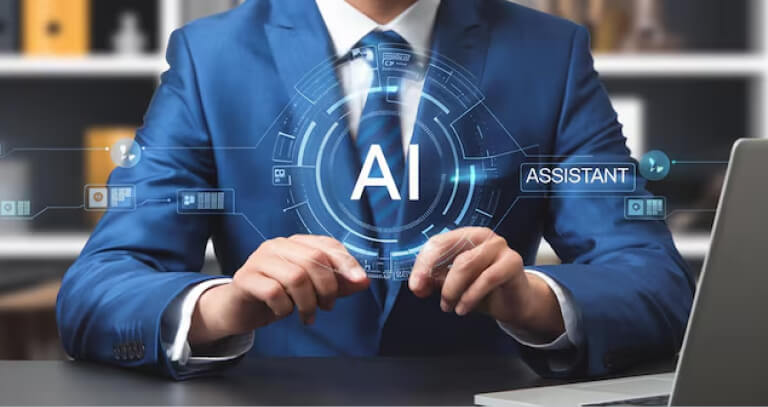
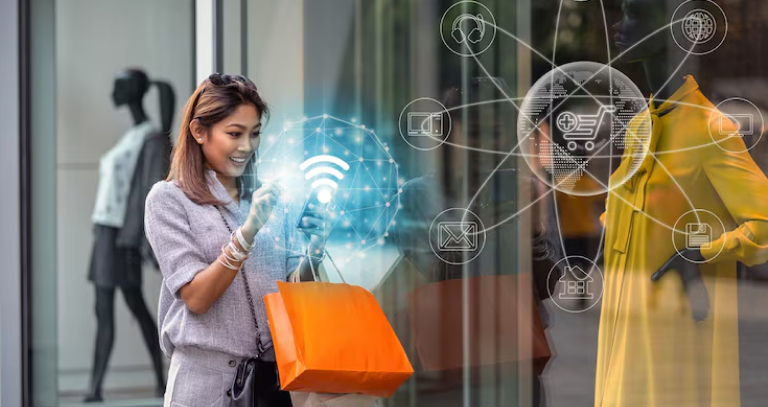
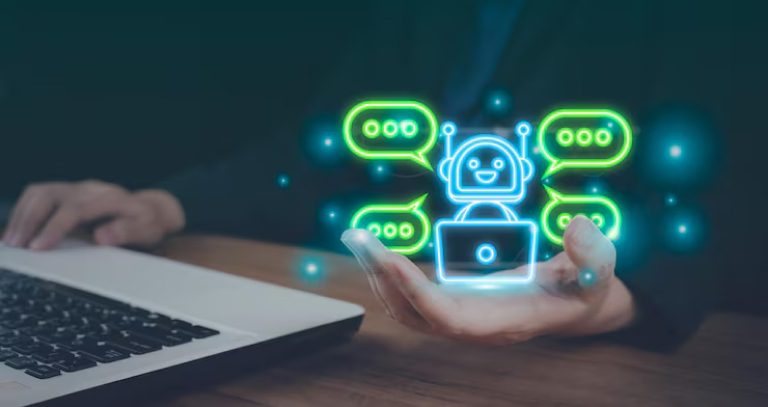
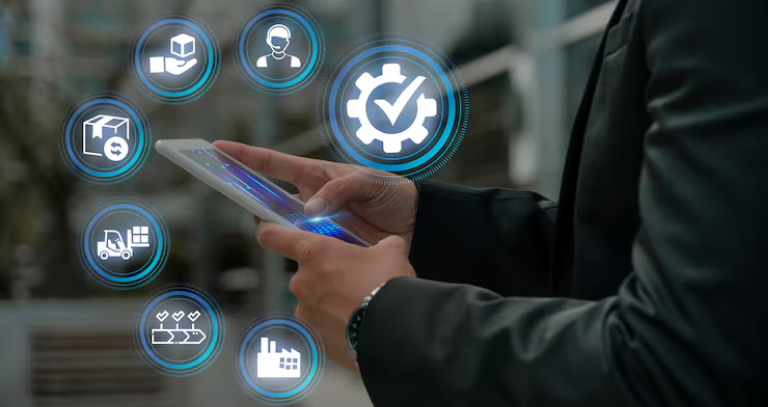
.jpg)

